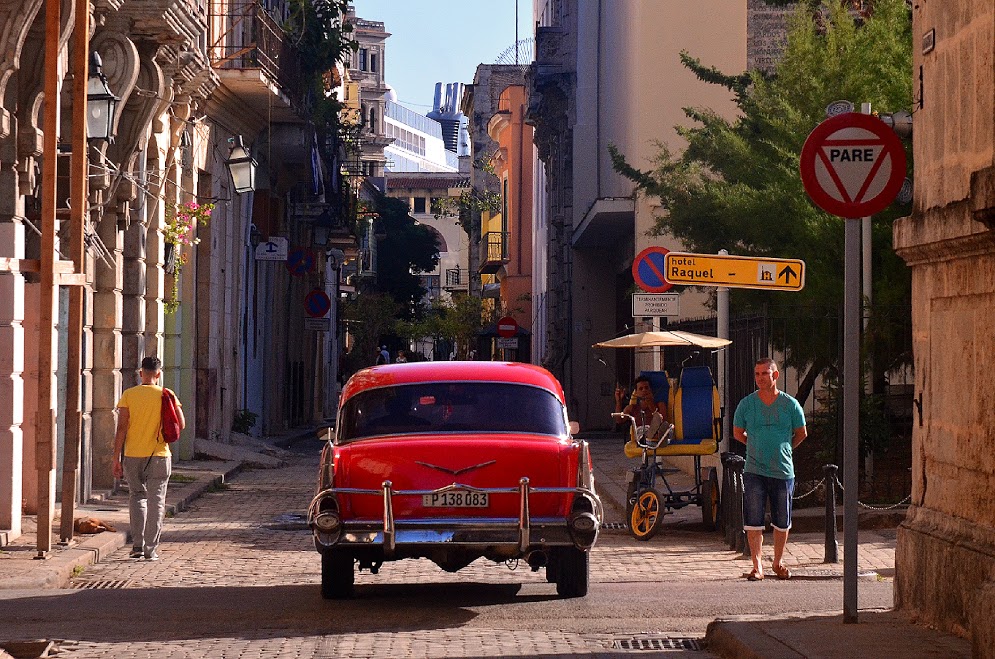Cuba is the largest island in the Caribbean with great beaches, impressive (though often deteriorated) architecture and friendly, stylish people. It is renowned for its music creating genres such as: rumba, mambo, trova and others; and for its musicians including the international famous Buena Vista Social Club. However, the single item that most likely pops into your mind when you think of Cuba, is its abundance of classic cars ranging from the 50s and 60s. Amazingly, all of this and more just 90 miles from the US.
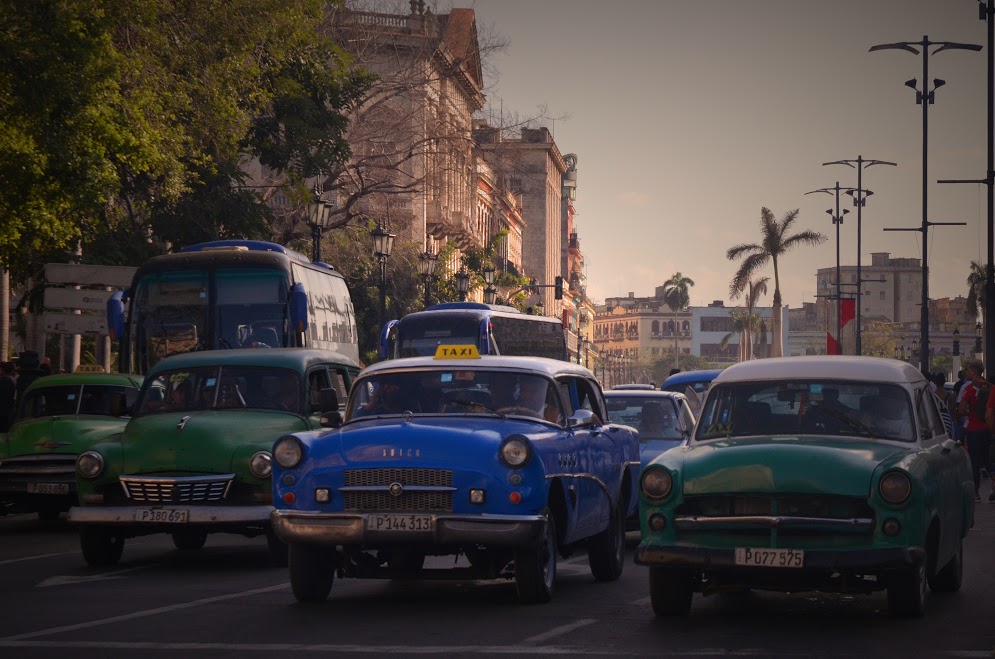
In a world of harmony and peace there would have been a continuous flow of millions of Americans touring Cuba in the last half century. However, events such as the US embargo which began in 1962, had stopped all but a handful of Americans from traveling there. In 2015, the US re-established diplomatic relations with Cuba, which made it easier for Americans to go with just a little extra paperwork than other Caribbean destinations. While the uncertainty inevitably discourages travelers from going, those that are brave enough to explore will experience fewer tourists; though you will always encounters travellers in the more frequented locales like the capital.
My wife Khadija, daughter Ayan and I traveled there from Christmas Eve 2016 to January 2 of the following year. We found that the independent traveler has challenges to deal with, one in particular being that credit cards are not widely used and US cards are not accepted at all. Other challenges include two different currencies, limited basic information and small amounts of internet access. Despite these difficulties, we would rate it as one of the most compelling and inviting places we have been too.
ESSENTIAL TRAVEL INFORMATION
Overview
Cuba is the largest island in the Caribbean and about the size of Tennessee. Like Tennessee, it is long (almost 800 miles) and narrow (widest point is 120 miles). The population is over 11 million. Many have relatives abroad, especially in the US . The population is ethnically diverse with all skin shades present.
Prior to Spanish colonization in the late 15th century, Cuba was first inhabited by Amerindians called Taino, but the culture was wiped out mostly by disease. Cuba became independent from Spain after the Spanish–American War of 1898, in which the US had a high degree of influences; especially in the first couple of decades. In 1959, Fidel Castro ousted the dictator Fulgencio Batista. Fidel and his brother Raul have ruled the country ever since. It is undergoing a slow transition from a rigid communist country to one with increasing economic freedom.
The country has high rankings for health care and literacy, but is poor with per capita income of 1/20 of the US. Yet it is one of the most egalitarian countries in the world, as citizen incomes do not vary much by profession. Cuba has an extremely rich artistic culture and has performed very well in the international sports, especially considering its population.
Travel Requirements for US Citizens
The US allows its citizen to travel to Cuba under the following 12 authorized categories (called general licenses)
1. Educational activities in Cuba for schools, including people-to-people exchanges open to everyone
2. Professional research and professional meetings in Cuba
3. Public performances, clinics, workshops, athletic and other competitions, and exhibitions in Cuba
4. Religious activities in Cuba
5. Humanitarian projects in Cuba
6. Journalistic activities in Cuba
7. Family visits to close relatives in Cuba
8. Activities in Cuba by private foundations, or research or educational institutes
9. Any type of support for the Cuban people
10. Exportation, importation, or transmission of information technologies or materials
11. Certain authorized export transactions including agricultural and medical products, and tools, equipment and construction supplies for private use
12. Official business of the US government, foreign governments, and certain intergovernmental organizations
These are broad enough to cover everyone, especially #3 and #9. Travelers may be asked to sign an affidavit by the airline or tour operator indicating the one you are traveling under. You do not need any written authorization from any US governmental agency. When we returned, there were no questions or issues about traveling to Cuba. From my experience, talking with others and online research, this experience is same for everyone.
We took a non-stop flight from New York City to Havana on JetBlue, one of eight carriers authorized to fly from the US to Havana. We completed the general license affidavit online when we bought the tickets. At John F. Kennedy airport, there was a dedicated check-in area for the flight. At the check-in desk we completed a form for the Cuba Visa and was given a receipt. We arrived about two hours before takeoff and check-in, including waiting in line, and took less than 30 minutes. Of course, the later you come, the longer the wait.
Currency
Cuba has two currencies:
● The convertible currency ($CUC): Foreigners almost always us $CUC and during our stay, it fluctuated daily and equaled about ninety cents to a US$. Cubans also use $CUC for certain items such as cell phones and nicer shops and restaurants. Despite the name, it is not convertible to a foreign currency.
● The national currency ($CUP), which is about 1/25th of the value of $CUC. State pensions and salaries are paid in $CUP, but sometimes with a portion in $CUC. Locals use $CUP to buy food and pay rent, which are subsidized by the government, and also for some local restaurants.
How did this happen? In 1993, Cuba was no longer receiving massive subsidies from the Soviet Union and interestingly legalized the US dollar for purchases made mainly by tourists and later for other goods ranging from oil to toothpaste. In 2004, the $US was replaced by the $CUC. The Cuban government has set a goal to have one currency in the future, but it is complicated by the enormous negative effect it would have on the poor. Most tourists stick to using $CUC, but someone on a budget could eat very cheaply using $CUP if they put in the effort to buy it and use it where it’s accepted. As this is confusing, you must be cognizant of the two currencies and your own money. For example, you could go to a local food market and pay in $CUC and get change back in $CUP.
You can exchange currency at a CADECA (change bureau) or certain Cuban banks. Our experience changing money usually consisted of long lines and a wait time anywhere between 30 minutes to an hour. For $US there is a 10% fee which really eats into your stash. Starting with our first lodging, we were able to pay in $US, thus avoiding the 10% charge. Eventually we realized that many restaurants will also take $US. We really wished we had known that from the beginning of our trip,
Internet
Internet access is very restricted in Cuba, which makes traveling in the country difficult. It is banned in private homes, but you can buy wifi for a duration from a ETECSA telecommunications center (usually with long lines) through a card that you use to access an online internet portal. Public wifi hotspots are very easy to identify, because of the comical concentration of people on a block looking intently at their phones.
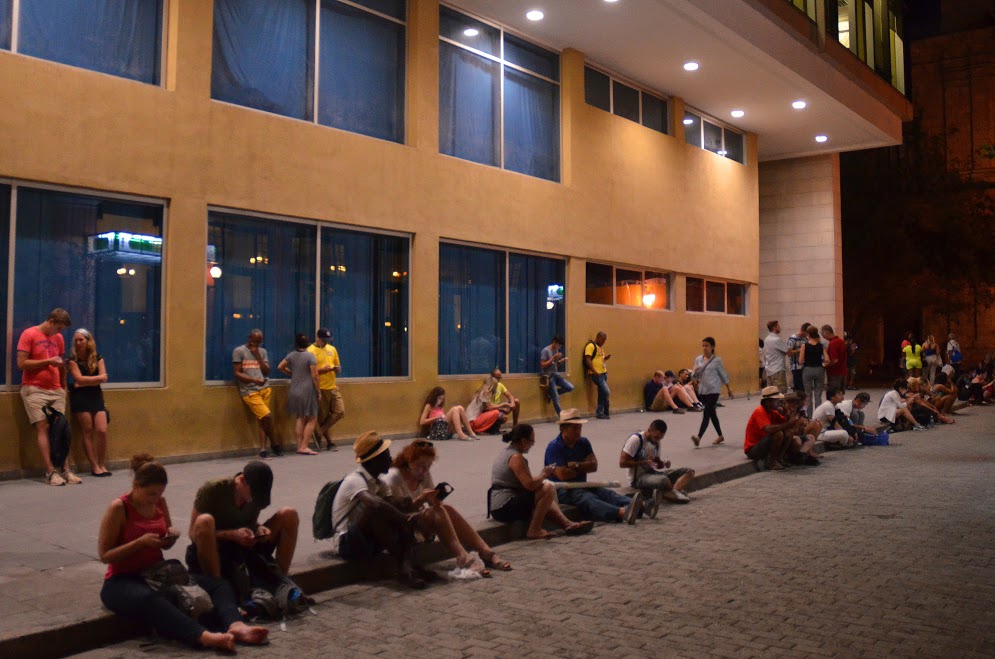
These cards can also be used in hotels which have wifi hotspots and cyber cafes..The cost for an hour is about two $CUC, which is expensive for Cubans considering the average salary is $20/month. In our experience, we received less than half of the time we bought and the speed was slow. With all these obstacles, we accessed the internet only a few minutes a day and not every day.
Information
There is no written information for most of the things you need, such as bus times and stops. Using the internet is usually not an option. If your Spanish is good enough, you can ask locals. If it isn’t, it will be hard to research where you would like to go, how to get there and the associated times and costs. To deal with this situation, you should research as much as possible before you arrive in Cuba. Also, all of the Cubans we came in contact with, from hotel staff to pedestrians on the street, were very helpful and I suggest that you seek them out for any information you might need.
Credit Cards
Cuba is mostly a cash economy. Most places, with the notable exception of tourist hotels and restaurants, do not accept credit cards. US credit cards cannot be used, apparently because US companies have not figured out how to do it through the Cuban government and partners.
Cuba is cheap. For example, Havana good restaurants are often half the price of comparable ones in New York City, so there is a natural tendency to order more than you would back home. So you have to keep this in mind as it is not hard to run through hundreds of dollars a day for lodging, food and transportation; especially for a couple or a family. (I must note though, a careful and flexible budget traveler could get by on $25 to $35 a day.).
There are few places to get cash from and it would be time consuming to figure how to do it, and you might not be able to. My advice is to make a liberal estimate of what you think you will need and take twice as much. This will leave money for unexpected situations and to buy gifts for the folks back home.
Safety
Cuba is one of the safest countries I have travelled to. Locals are friendly and open and do not hassle tourists as they go through their daily lives. Probably this is a combination of the culture and an authoritarian government which makes sure the police let tourists move in peace.
You do have to watch out for petty scams, such as being charged way too much for something. As you are in a foreign environment and often jet lagged, this can happen to anyone. But it happens relatively infrequently and nothing to lose any sleep about.
There are also jineteros/jineteras (male/female touts) who can approach you to show you places to stay or eat. We did not encounter them, but they do exist. Also, some jineteras also approach usually older men and ask them if they want company, which can mean a number of things. We saw some young local women socializing with foreign men twenty to forty years their senior.
You will run into some people who let you take their picture and then ask for money. My opinion is that life is hard on the poor in Cuba, with little money and many shortages for basic goods, so I do not mind giving something. I usually gave $1CUC to a cooperative person who looked like they needed it.
Health Insurance
Before going, I read that you must show proof of health insurance from your home country or buy a policy from a Cuban insurance company at the airport, port, or marina where you enter the country. JetBlue assessed $25 / person for Cuban health insurance. No one asked us to show proof of health insurance, but maybe Immigration knew if the airline carrier required that we purchase it. For $25, it was well worth it in case something happened and to avoid delays in Immigration. Also, on any trip, I also urge you to buy travel insurance (it’s cheap) covering medical emergencies and other unforeseen events.
What To Take
Be sure to take everything you need, as there is a good chance you cannot buy it in Cuba. I did not take contact lens solution because I did not have a four-ounce bottle which I could carry on. I thought I could buy it at JFK, but none of the stores had it. When I got to Cuba, I spent two hours looking for a place to buy it. I was worried, because not having it would have greatly affected my trip. No pharmacy carried it for soft contact lenses (apparently they still use hard ones there). I went to a place which prescribes glasses and they had none. After they saw the distress in my face, one of the assistants went to the back room and found a half used bottled which expired four months prior. I gladly took it. I knew I averted a disaster of my own making.
Travel Guide
I am a fan of Rough Guide, especially for the independent traveler. Many other guides concentrate on glossy pictures and top ten lists. Rough Guides almost always gave us current and accurate information. To buy it, go to https://www.roughguides.com/destinations/central-america-and-the-caribbean/cuba/.
WHAT WE DID IN CUBA
We spent four nights in Havana, then two nights in Trinidad three nights in Varadero.
Havana
Day 1: December 24th
We arrived in three and a half hours, but took over an hour in immigration and picking up suitcase. We met with a local guy named Marcos, whom my daughter’s roommate met early in the year while visiting Cuba, and he arranged a taxi to take us to Old Havana. In the airport parking lot and the drive in the city, we saw so many classic cars mostly from the 50s and 60s. I was prepared to see many old cars, but not at the high level i encountered all over the country. It definitely gave the place a magical feel.
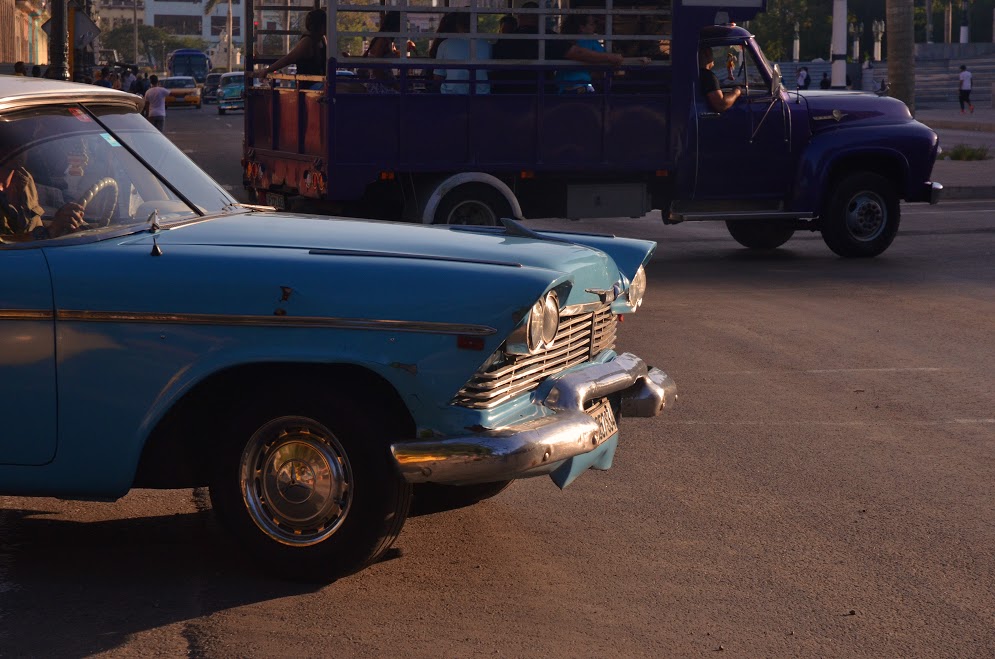
Our casa particulares (private accommodation) was Calle Villegas 212 between Obispo and Obrapia (Cubans put the number last and usually indicate the two intersecting streets on each side) in an attached building. The rate was $40CUC for an air-conditioned room with two beds and one bold, green tiled bath and a small living room with chairs and a fridge. While clean, the mechanicals were not always functioning or present. There was no vent in the bath, the sink stopper had to be wedged open with a nail clipper and the bath door handle came off. The toilet worked well and could even accept toilet paper, which was a plus because most bathrooms in Cuba need toilet paper deposited in the trash can as they cannot accommodate paper. Importantly the shower was hot.
Then we walked around the old town. It was filled with tourists and local inhabitants on narrow streets that could only accommodate a car one way. They were restaurants and cafes, some with musical groups playing.
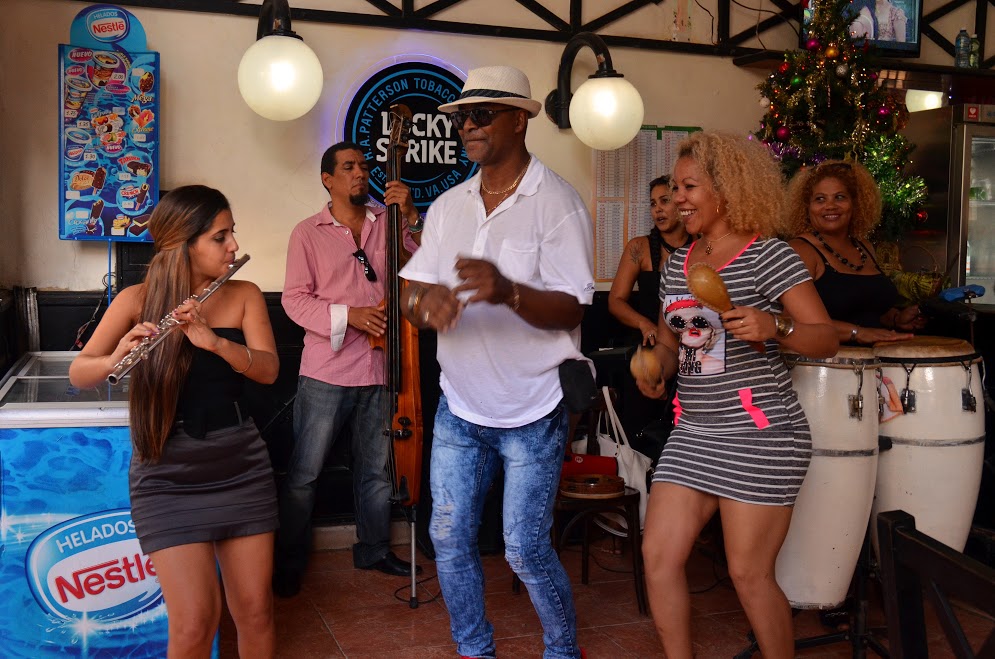
I was searching my brain on what this place reminded me of and the closest I could come up with was the French Quarters in New Orleans. Locals were of every shade and shape, many dressed stylish if not expensively. Many of the young women had very tight pants with a fair amount of skin showing and many had long, black straight hair. Many people had short pants and some guys dispensed with a shirt.

Old town Havana is a wonderful mix of eclectic architectural styles from 400 years of Spanish colonial rule. While some have been preserved and others have been recently updated, the area (and most of the country) is living in deteriorating and crumbling structures. A common sight is an elaborate building which was stunning when built, now occupied by poor people who do not even remotely have the means to maintain them, let alone renovate.
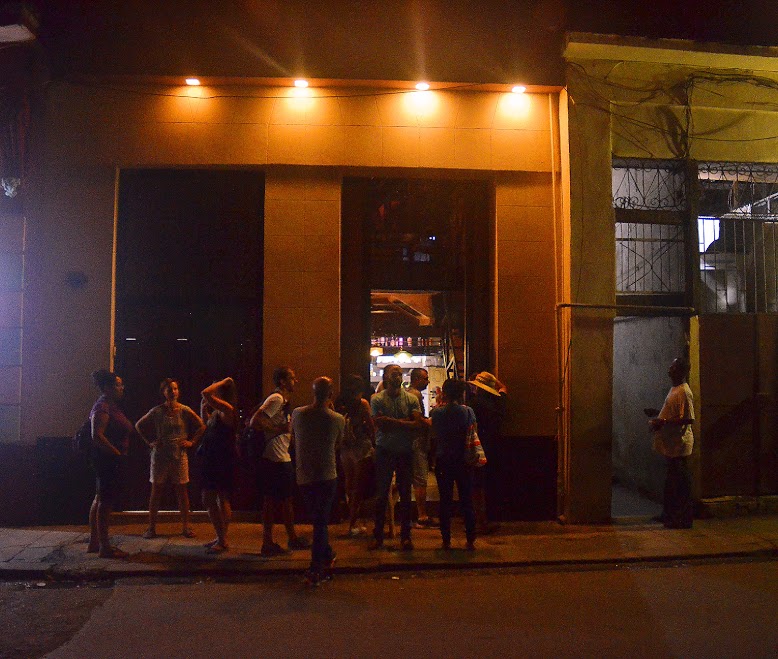
Marcos, acting as our guide for majority of our time in Havana, took us El Chanchullero de Tapas (which roughly translates to ‘gossip’) restaurant where uniquely they changed the décor and staff’s uniforms every single week (someone should try this concept in NYC). It was very popular and every night there were lines out the door to get in.
Most Cuban restaurants are state-owned (hard to believe the government would be involved in this industry), but out of economic necessity (Russia stopped subsidizing the Castro regime) privately owned restaurants known as paladares (literally palaces) were allowed. Generally paladares have better food and are more expensive, but were the best restaurants we ate at during the trip.
After eating we walked around to Cathedral Square, which features The Cathedral of the Virgin Mary of the Immaculate Conception and is one of the eleven Roman Catholic cathedrals in Cuba.

We returned to the casa at 8:30pm and fell asleep exhausted.
Day 2: Christmas
While it never snows in Havana, there were scattered Santa displays around. We walked around Old Town looking for a simple breakfast and we quickly realized that except for tourist places, they usually have no signs or menus. Through talking with locals, we found a non-tourist restaurant, where we paid $2CUC for egg sandwiches.
We then walked past churches with Christmas services to the nicely restored Plaza Vieja (Old Plaza),
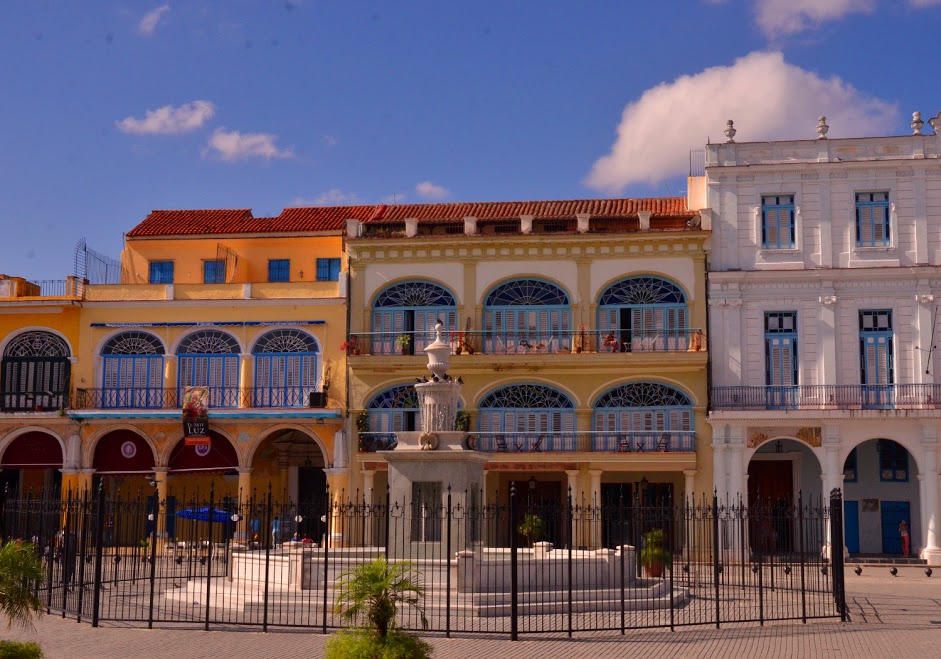
It is a part of Old Havana that is in great condition and not deteriorated like much of the country. According to Wikipedia it “was the site of executions, processions, bullfights, and fiestas – all witnessed by Havana’s wealthiest citizens who looked on from their balconies.” Today it is near the mooring for an omnipresent gigantic cruise ship and is inundated with tourists admiring the plaza’s architecture, live music and entertainment (including stilt walkers). There are good cafes that are not expensive for most tourists but maybe twenty times the cost a resident would pay in a local joint. We went to Cafe Bohemia which was in a courtyard of a building on the square and had terrific fresh squeezed juice.
At 1:30pm, Marcos came by and we went to The University of Havana. It was not in session and empty except for a few guards. It is a small, compact campus with mostly neo-classical buildings and it is on a hill in the Vedado section with a constant cool breeze.
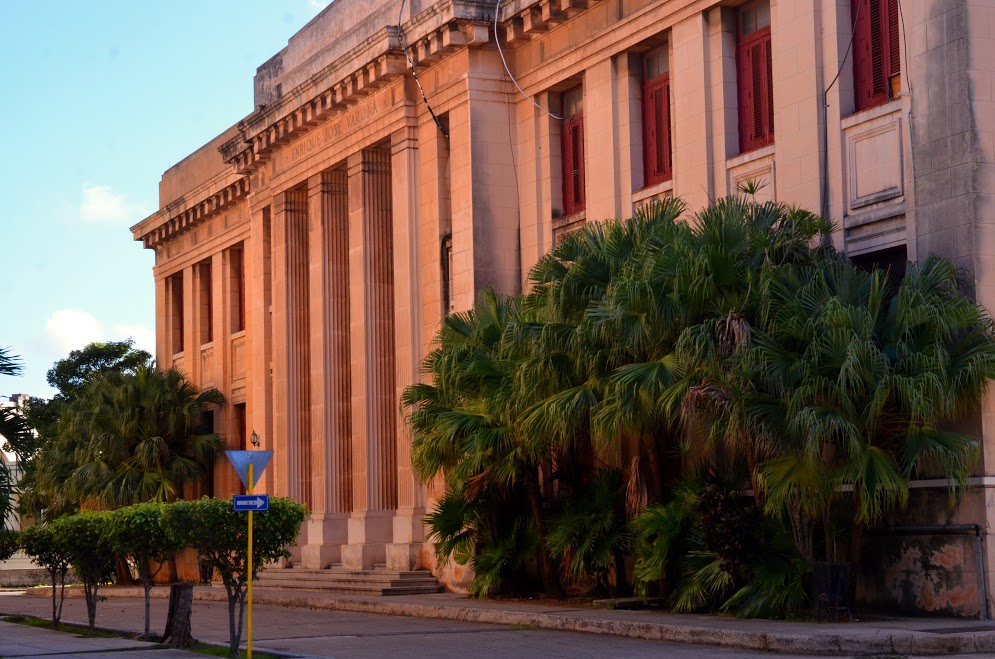
The university is composed of mostly neo-classical buildings in a defined, small urban campus. The buildings are close together and remind me of Columbia University in New York. It was founded in 1728 under a papal charter and in 1842 changed to a secular institution. It is the oldest university in Cuba and one of the oldest in the Americas. It was originally located in Old Havana, but in 1902 moved to its current site in Vedado. It is a tranquil place to walk through and get a respite from the hectic city. It has been the scene of many student protests over the last century. It was closed briefly in 1952 by Batista as it was the center of protest against his regime. Fidel Castro studied law there and as normal operating procedure for any dictator, the University went through a series of “reforms” to eliminate anything that would be against what his government stood for. Since then, large student gatherings have been prohibited unless sponsored by the government.
After drinks and snacks at a nearby café we resumed walking. We continued to see a continuous flow of classic cars.
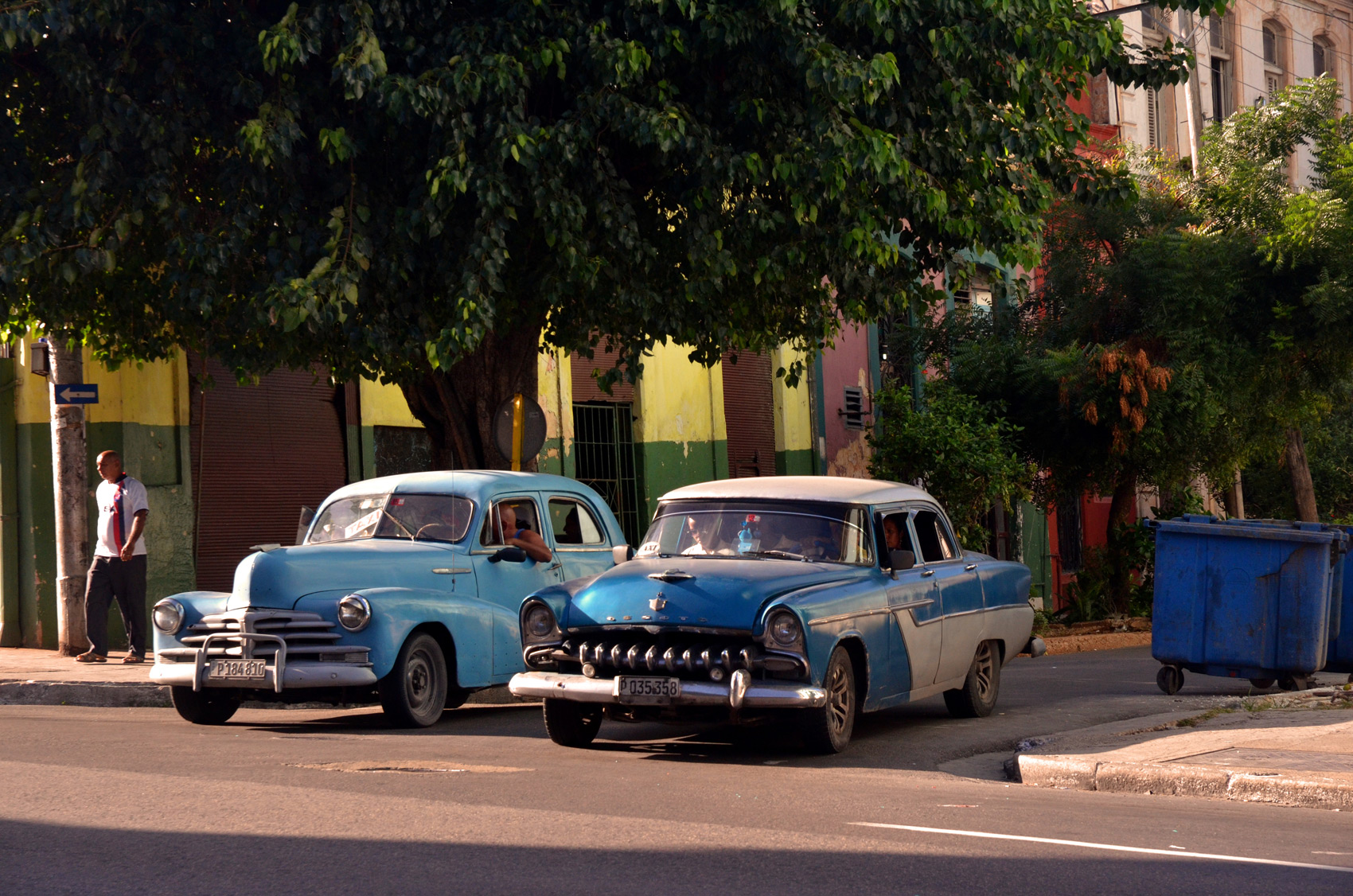
Here is a cool looking truck that I do not even know the make.
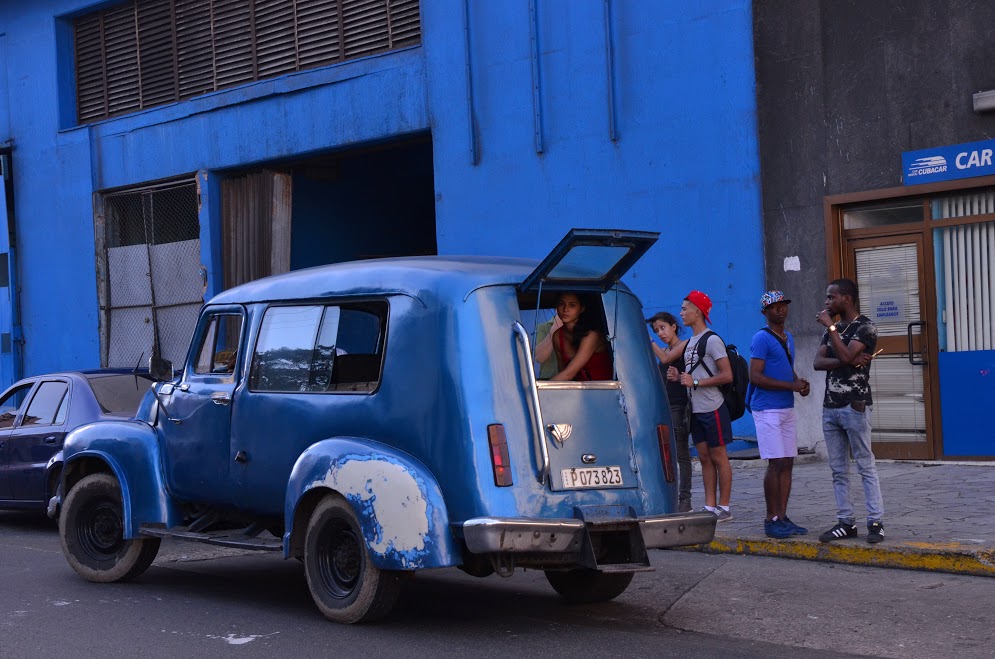
We then walked to the famous National Hotel

Hotel Nacional de Cuba was designed by Mckim, Mead and White and opened in 1930; and perhaps the most famous hotel in Cuba. President Obama stayed there in his dramatic visit to Cuba in 2016. There is much history inside these walls. For instance in 1933, during the “Revolt of the Sergeants” led by Fulgenico Batista, military officers retreated there for a bloody last stand, which lasted until they ran out of ammunition. Shortly after as Batista controlled the government as a self-proclaimed Colonel, he was a proponent of extremely progressive reforms including an eight-hour work day. However, the US immediately expressed its displeasure over this radical socialism and worked with Batista to substantially dial it back. Two decades later, Batista came back from retirement in Miami to run for President. Seeing that he could not win he staged another coup and became the dictator. He had become very corrupt and was financed by the American mob. In 1946 the mob bosses held a summit in this hotel, which was dramatized in The Godfather Part II. Batista was ousted by Fidel Castro and a tiny number of citizen troops. Castro received broad support in this coup, but it dissipated over the next few years as he consolidated power and eliminated enemies including fellow revolutionary leaders.
We viewed the Straits of Florida and the Malecón (officially Avenida de Maceo) which is a broad thoroughfare and a wide sidewalk next to a seawall.
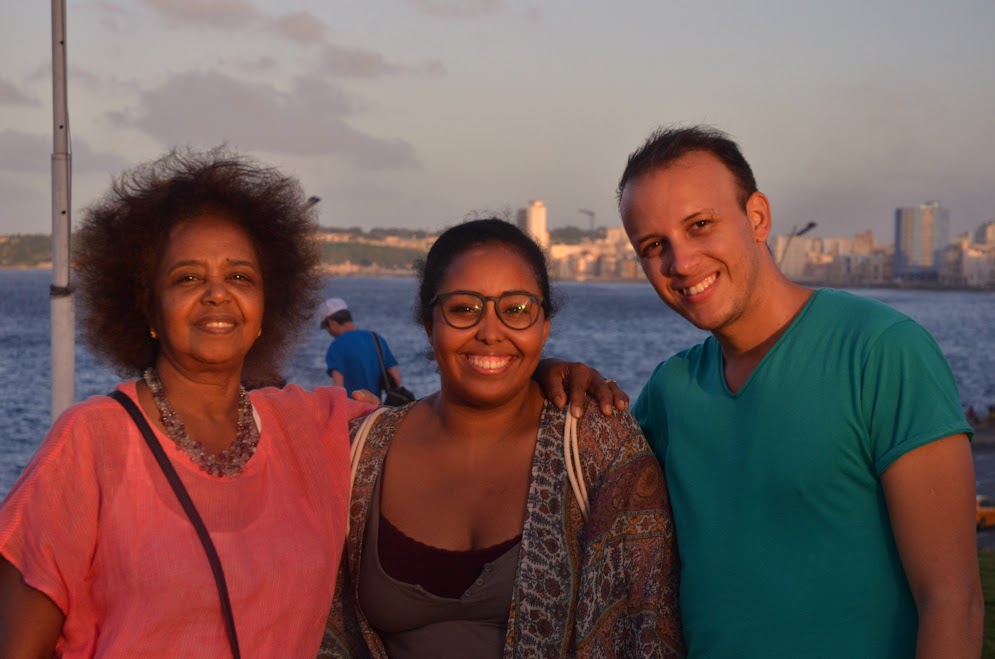
After leaving the hotel, Marcos helped Ayan buy a card to access the public wifi which is available on a few scattered outdoor places in Havana. This was the only time I could post a picture on Instagram, as this is the most difficult country to access the internet that I have traveled to thus far. Then walking towards Old Town, we stopped at Casa Abel and had a great dinner. The place had a high ceiling, sold cigars and had pictures on the wall of famous customers (including Gerrard Depardieu, Jack Nicholas and Matt Dillon). On the roof I took long exposure pictures of cars travelling through empty streets.
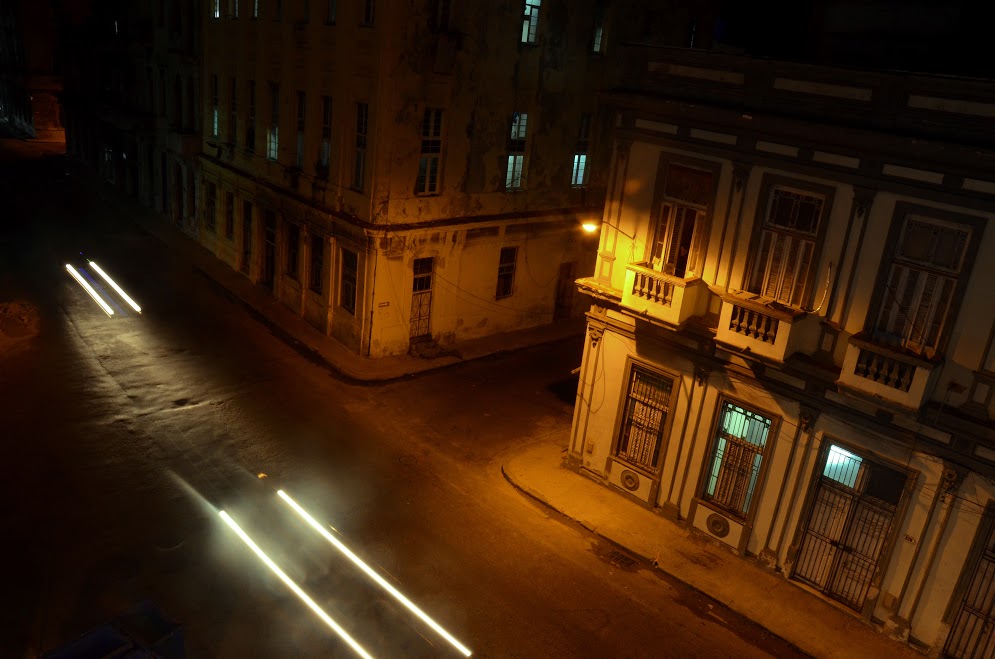
On our final march home, we walked on the Paseo del Prado which was one of the richest residential neighborhoods in the 30s and 40s. We passed the Havana Grand Theater, which is the most ornate building in the city.
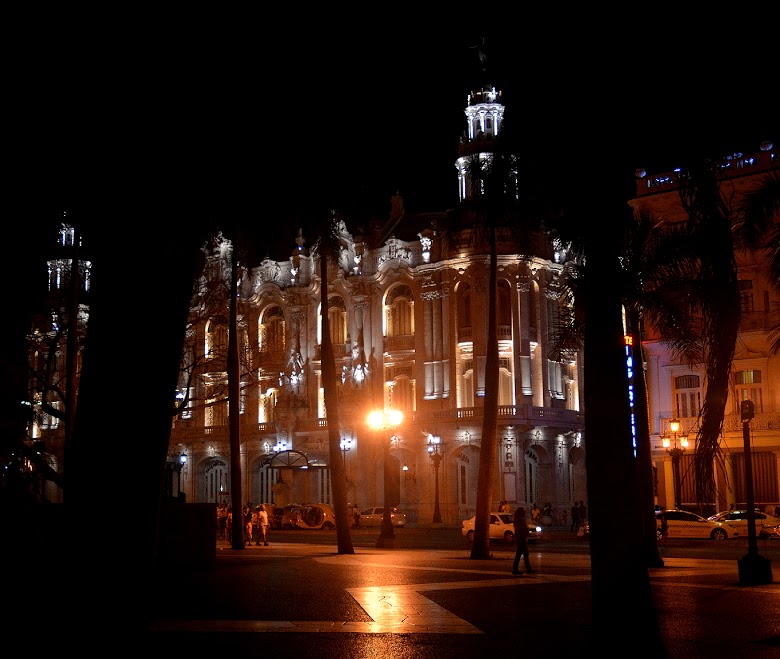
Day 3: December 26th
I awoke at seven and walked through Old Town to check out the street life before the tourist descended. It was calm with mostly locals walking to or starting work.

At eleven Marcos came by and took us to get some breakfast. Afterward we walk to the Boulevard de San Rafael, which is a pedestrian mall stretching a few blocks and a good place to take pictures.
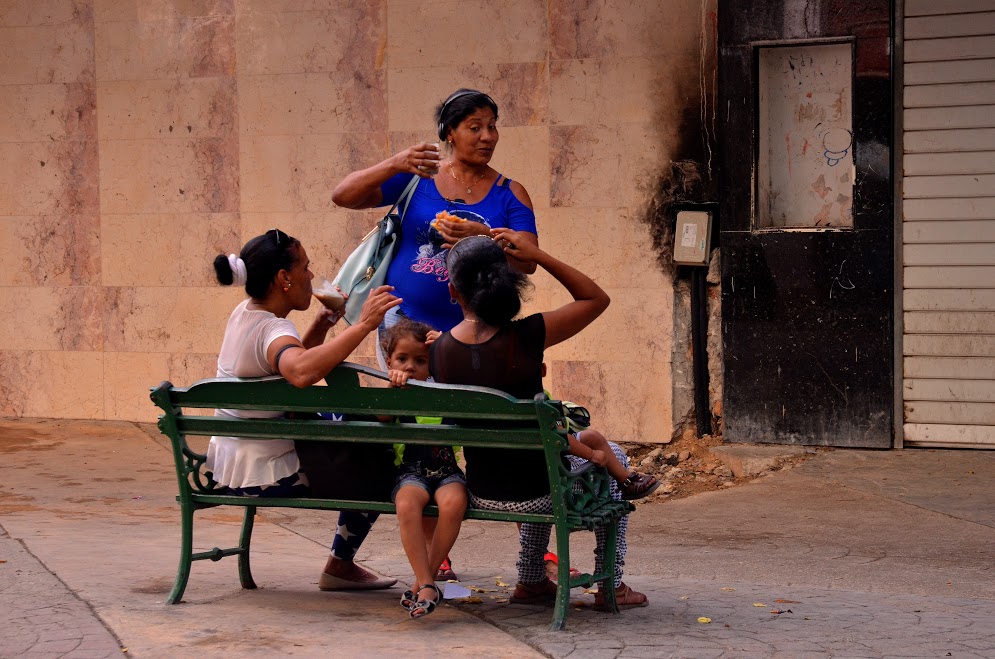
We then walked to the Revolution Museum. The museum is broken up into two parts, the first being the Presidential Palace. Most of the displays celebrate the prominent people and events from the Cuban revolution and preceding revolts. The history is selective, as there is nothing on the progressive reforms of Batista when he first came into power in 1940s. Even though there has been a considerable thawing of the relations between Cuba and the US, there is some virulent anti-American propaganda such as this wall of the four “Cretins”, Batista, Reagan, George H.W. Bush and George Bush.
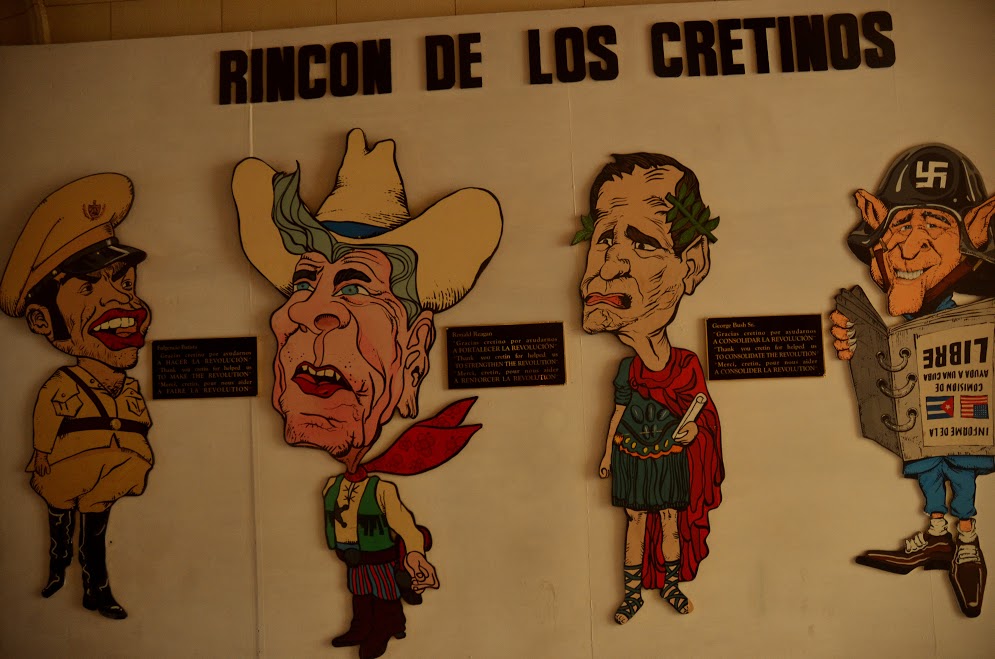
The second part of the museum was an outdoor glass building display of invasion tanks made from farm machinery:
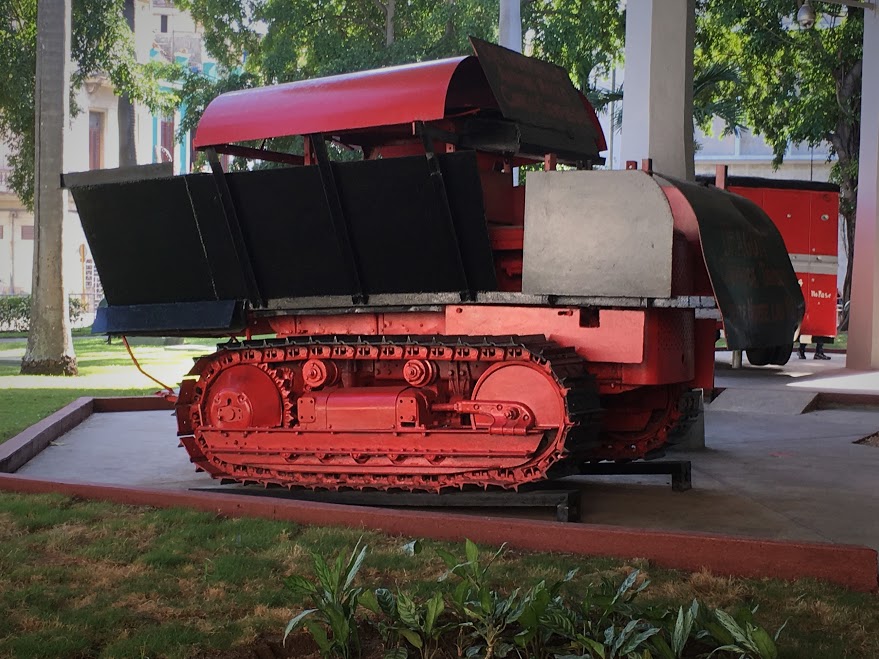
and boats including “Grandma” the actual yacht that was used to transport about 80 insurgents from Mexico to Cuba in 1956 to begin what became the overthrow of President Batista and the beginning of Fidel Castro’s half century dominance.
There were female guards dressed in stylish military uniforms in the Glass House section.
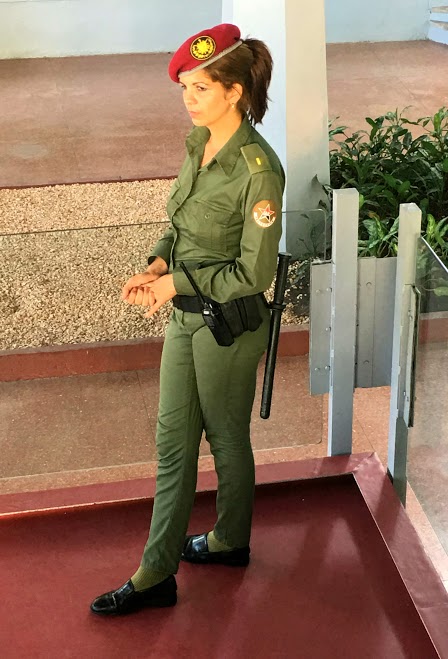
At Smokey Joe’s bar, we took a break for drinks and a snack. The walls of the restaurant/bar are covered in pictures of old movie stars and Casablanca was playing on several TVs around the place. Next, we flagged down a taxi to go to Callejon de Hamel; a two block radius of outdoor psychedelic art and a focus of the Santeria religious expression through the visual and performing arts.
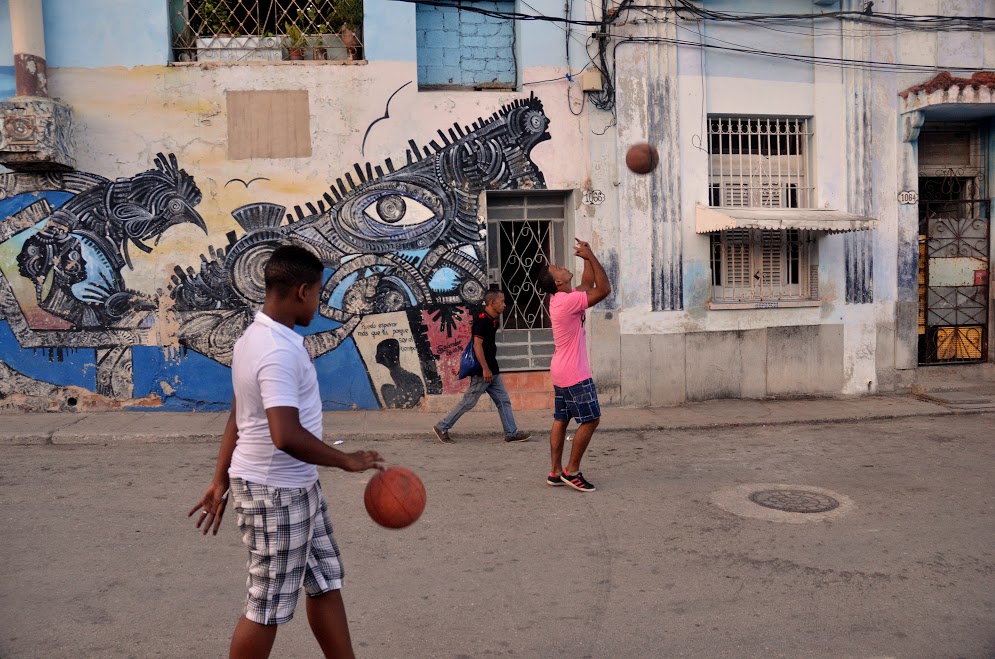
Before leaving I took a picture of the amazing clouds above the street before sunset.

That night we hooked up with friends from New York and went to La Guarida Restaurant. The waitresses were abrupt, as they were very busy serving a packed two room restaurant; one room including a cabaret (which later we realized was the Buena Vista Social Club). Two of the six entrees we ordered were good, but everything else wasn’t to our liking (cream soup was tasteless porridge with canned mushrooms). In our opinion, this place did not seem to live up to its reputation as one of the best restaurants in Havana.
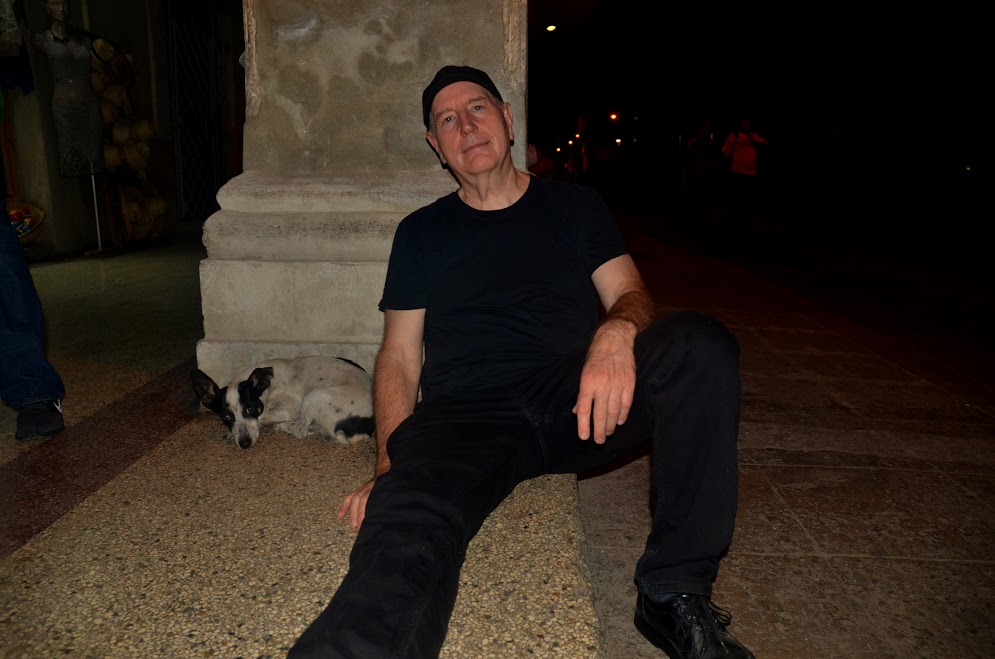
Day 4: December 27th
Adabelio, our ride to Trinidad, came at three pm in his 60s Fiat; which he owned for eight years. We drove on a six lane highway with a few cars and trucks, but there were some horse carts on the side of the road as well. We noticed mostly sugar cane growing and some root vegetables on the many fields we passed on our journey. Surprising no industry present, such as: factories, warehouses, offices, etc. We did see a series of propaganda billboards like a Friends Forever one that featured the faces of Fidel Castro and Hugo Chavez (ironically both deceased).
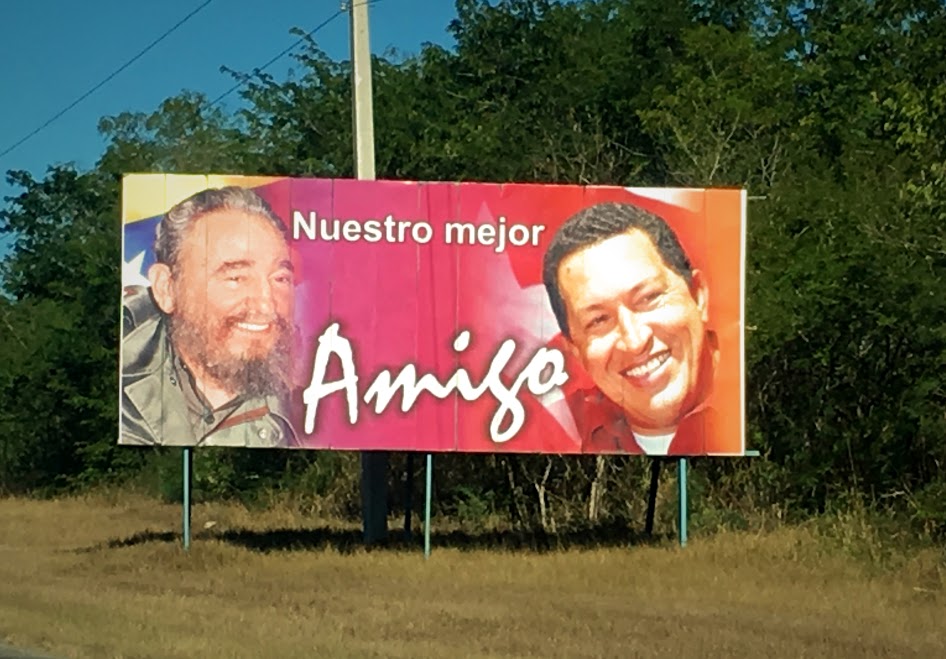
On KM 175, we took a break at gas station and had a small pre-packaged pizza that was basically bread with tomato sauce. Then started on a two lane highway and saw an oil refinery with an extremely high chimney stack (50 feet?) and a billboard with a boxing glove hitting Uncle Sam in the face (wish I got a picture of it).
The road was slower to drive as darkness ensued and roads became winding as we entered small mountains. On the side of the road men were holding a type of potato, apparently trying to sell to motorist.
In Trinidad, we stopped on a main road at a casa de particulares that we had booked through our Havana one. They were booked up (how did this happen?) and they booked us elsewhere. Adabelio was able to find the place in a residential neighbor of small houses. The owners were a large woman in Santaria white, a very short man and a young boy (presumably a family). They had a room / bath off the living room in a clean and tidy house. Our driver did not like the area and it did not seem in close proximity to the center of the city. While we were discussing the pros and cons of staying there, the woman shut the door of the house. As we drove to the two main hotels by Plazuela de Cristo, we noticed tourists walking the streets and in the bars and restaurants. We went into two hotels, which both had no vacancies. A middle aged woman approached my wife and said she had a room available. Khadija and I walked three blocks, by the square and down the hill to Hostad El Holandes:152 Anotonio Guiteras. It’s a building with two floors and a rooftop and has very steep stairs from the street to the second floor. The inside has a large open courtyard in the center and around seven rooms. Our rate was $30CUC and we took a private room and bath. Thankfully we found something so late, perhaps a near miracle. After moving our luggage in, Khadija and I went to “Taco Loco” for two taco-like burritos for $6CUC.
Day 5: December 28th
In the morning I was out on the street around eight. The light was really good and slanting down the streets. This was a great time to walk around, as it is almost all local people which gives the city a different vibe. I notice two important differences from our time in Havana.
First there was a higher percentage of horses (some pulling carts) and bicycles.
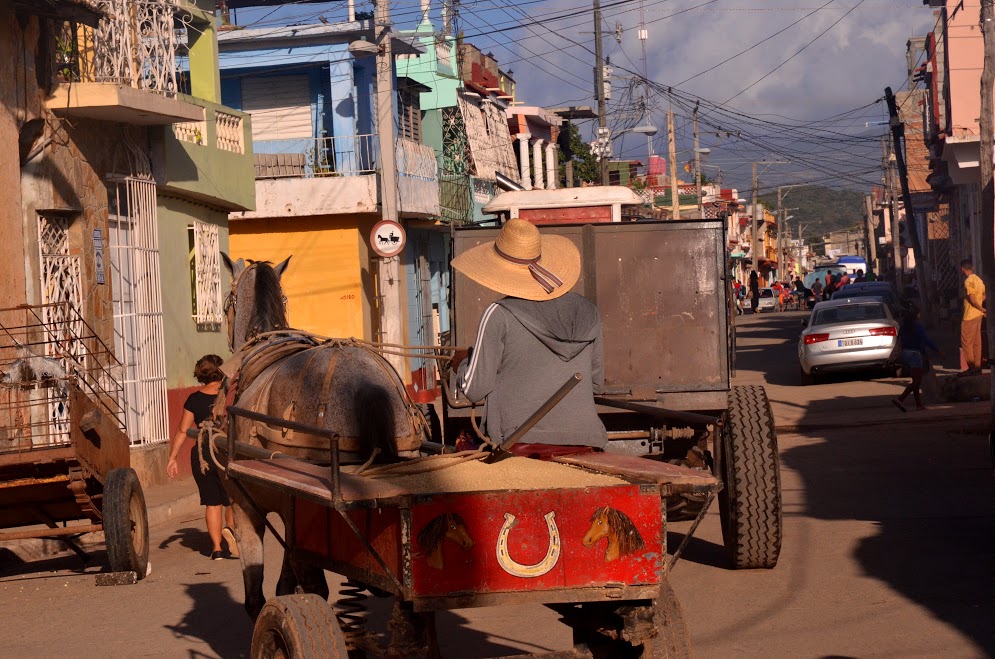
Second there was many large, concrete Soviet-style apartment buildings on the outskirts of the traditional, attached, one -to-four story buildings.

Cuba is full of propaganda murals, especially celebrating the revolution. No one is more depicted than Che Guevara. 
The image usually used is the iconic “Heroic Guerrilla Fighter” photo taken by Alberto Korda on March 5, 1960, in Havana. The power of this image, showing the stoic nature of a handsome revolutionary in a beret, and his death in fighting the Bolivian government (after similar forays in some African countries) in 1967 made Che internationally famous. Even though he was a main leader of the Cuban revolution, he was born Ernesto Guevara in Argentina in 1928.
After an hour, I was a bit lost. I waved down a pedicab and gave the driver the business card of the hostel (good thing I took it).
When everyone was up and ready, we walked up the hill on the large rock embedded streets to the Plaza Mayor, a UNESCO world heritage site. The view of the tower, church and garden square, which popped against the vivid blue sky filled with white clouds was quite appealing.

We ate breakfast on the plaza, checked wifi as it was available on nearby steps going further up the hill. We spent some time walking through the garden square with statues, museums and shops littered throughout.
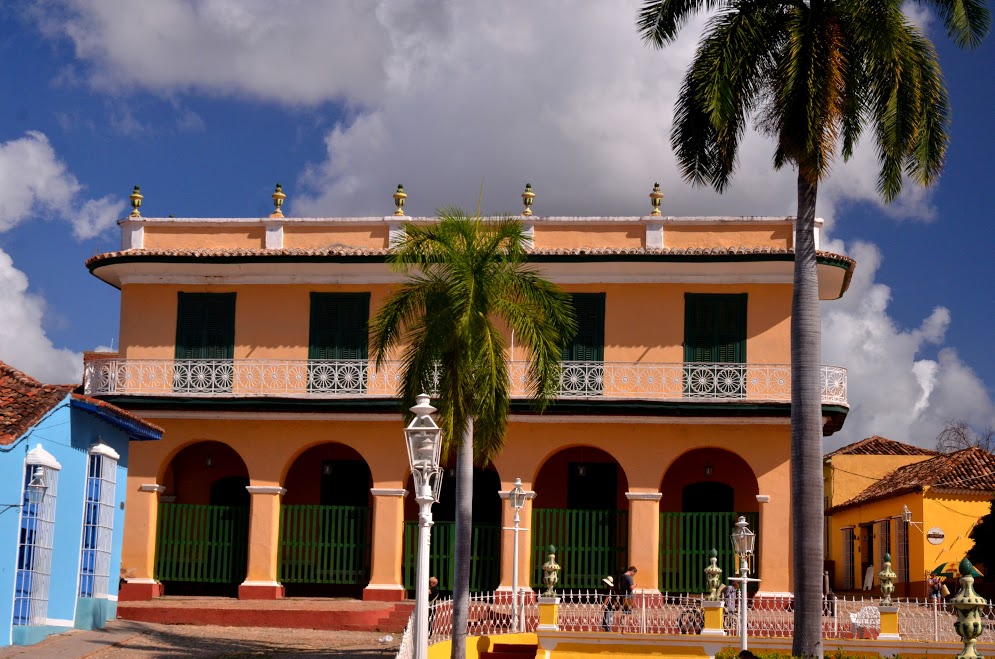
We also saw the ubiquitous Cuban flag hanging from a doorway:
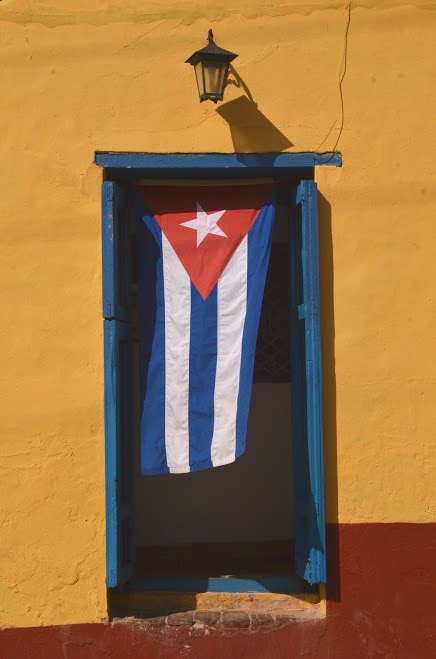
The Cuban flag was designed by a Venezuelan named Narisco Lopez, who moved to Havana, and poet Miguel Teurbe Toulon. Lopez used the flag in 1849 in a failed coup attempt to free Cuba from Spain. It was adopted as the national flag in 1869. The blue represents the three governmental areas at the time. The white represents purity. The red triangle references the French Revolution and the ideals of liberty, equality and fraternity. The red stands for blood and courage. Interestingly the star was for a new state to be added to the United States. It is a model for the Puerto Rican flag (the red and blue are reversed), first used in a short-lived revolt against Spain in 1868 and then adopted in 1952 by the commonwealth.
After we walked downhill back towards our hostel and shared a chicken among us at Casa Rifat.
For dinner, we went to 500 Paladar (Quince Catorce) and had a wonderful meal among antique dining tables and furniture and many family pictures; some decades old. We spend most of the meal discussing ExploringEd.com website and Instagram account.
Day 6: December 29th
We had breakfast in the hostel, as it is hard to get one early in town, as Cubans do generally eat American-type breakfasts. We paid for the eggs, bread, juice and fruit separately from our room fee. Hostels like providing this, as food is subsidized for locals (they buy in $CUP) and they make a good profit margin.
We packed quickly as we were leaving shortly. There were other worthwhile activities we could have done if had more time in Cuba. There is the white-sand Ancon beach fourteen miles from Trinidad. You can take an old style train to Agabama valley, which is known as the Valley of the Sugar Mills and a part of the Unesco World Heritage Site, along with Plaza Mayor. You can also hike in the Escambray mountains on the Topes de Collantes park. In retrospect, we would have stayed in Trinidad another two days and an additional day in Havana.
We had arranged a taxi to our next stop, Varadero, through a hotel the night before. We picked up a Polish man in his late twenties with reddish brown hair on his head and face. There were five of us, including the driver and luggage, so it was pretty cramped.
The ride took four uneventful hours, with one stop for gas. The Polish man told a story of a friend who traveled to every country, but at the cost of a failed marriage. I listened attentively, as this travelling to every country is a goal of mine. We dropped him off at the Varadero airport.
We then crossed a bridge to the peninsula to our casa particulares at 112 Calle 35. The house was attached to another home and had a driveway with a parked VW bug. We later found out it was all originally one house, but separated when the children inherited the property. Our host was Tammy, who lived there with her husband and father or father-in-law.
Through an entrance on the side of the house she showed us to our space: a full bathroom with soap and toilet paper and a room with a single and double bed. The room had a window air condition unit and a corner TV hung from the ceiling; both next to a narrow hallway ending in a kitchenette (sink, dishes, hotplate). The windows were small and the main room was dark even with shutters open. There was on florescent light on the ceiling and one table lamp.
The Varadero peninsula is very narrow. On the north side of the Gulf of Florida are the resort beaches and hotels. Then there is Avenida Primera (First Avenue) which is the business thoroughfare. Then a few houses, apartments and businesses off the intermittent Second and Third Avenues between Calle 1 and Calle 64 (the streets). On the other side is Autopista Sur (in the photo), which is a four lane divided highway. The road naming system reminds me of Manhattan, NYC with the South Freeway analogous to the West Side Highway.
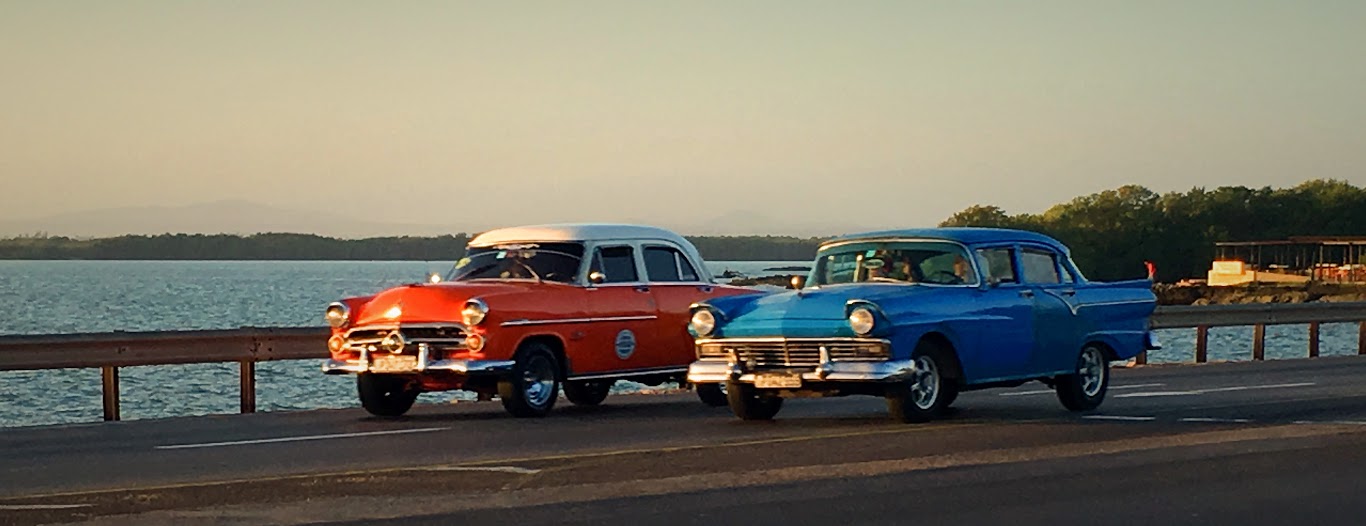
At night we walked to Varadero 60 (60th Street and 3rd Avenue), a very good paladar and had wine and ice cream. On our way back we stopped and looked at “The Beatles” bar, with a band playing 60s oldies (Land of 1000 Dances). The only connection this place had to the Beatles was a few pictures on the wall, but it was an effective marketing strategy. We walked back and feeling tired, we took a horse drawn cart to 35th St for $3CUC.
Day 7: December 30th
In the morning we went to the beach, which is internationally famous and a playground for American mobsters in pre-Castro days. The water was very warm with a noticeable undertow and the wind was strong and cold. We left our lounge chairs, returned to the casa and showered.
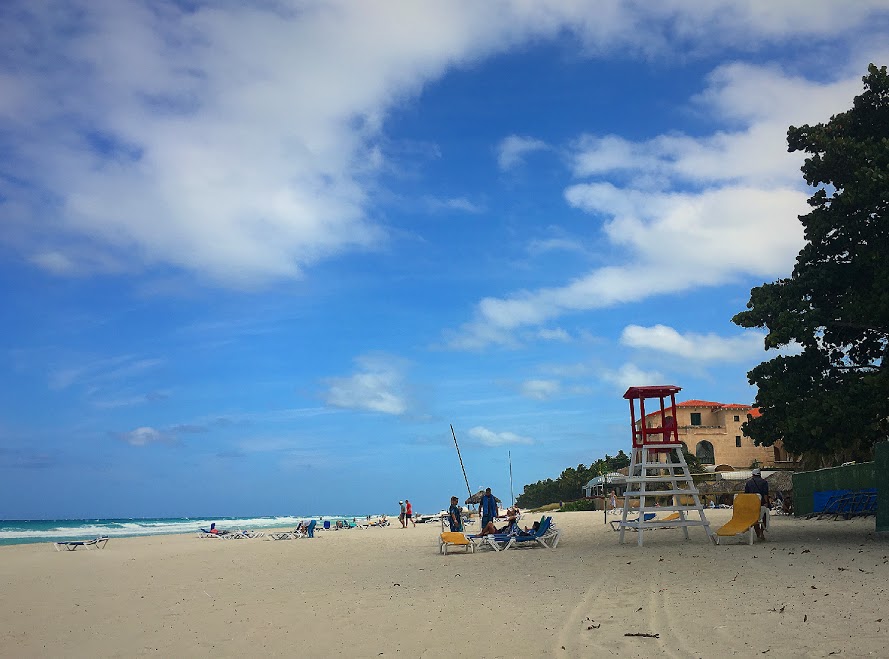
After resting, we went to the Paladar of Salsa Suarez, 103 Calle 31. I would say we had maybe best meal of the trip with tiramisu shared for dessert. We then walked by Varadero Baile and 1st Avenue (run by Paradiso Agency of the Ministry of Culture). At the front desk we were met by a beautiful young woman and her adorable two year old daughter.
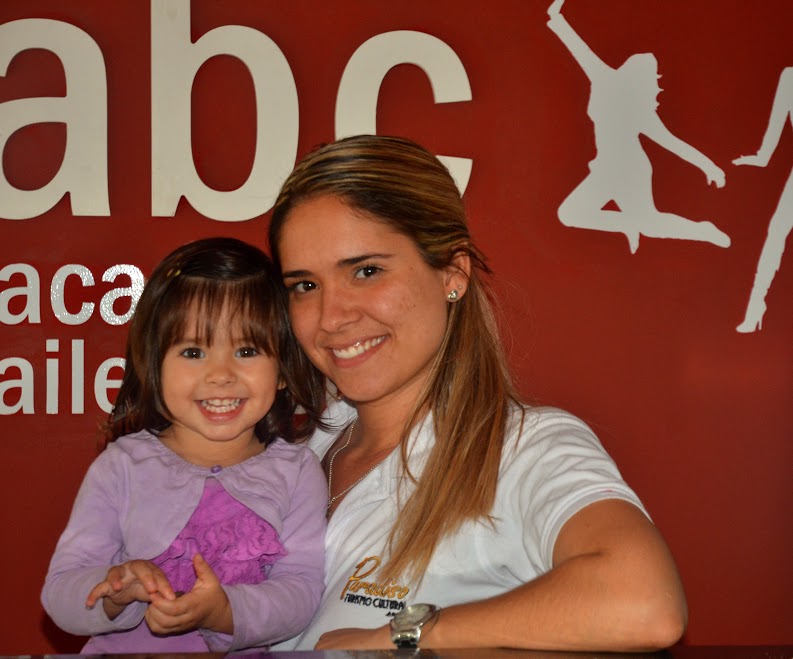
We looked through the window of the studio and saw tourist taking salsa lessons. Soon after we found out we could buy tickets for the Buenas Vista Social Club (BVSC) performing that night (She initially said it was sold out, but made a call and discovered it wasn’t – typical information availability in Cuba). We bought three tickets for the high price $29CUC/each.
Back in the casa, we recounted our $CUC and forecasted our remaining expenses, including a $25CUC departure tax/person. We realized we had to carefully manage our remaining cash. (Warning: Be sure to take much more cash than you think you will need.)
At 8:15pm, we took a classic car taxi to Plaza America Convention Center, called “the marina” locally, at a cost of $10CUC after bargaining. It was more than we planned to spend, but it did turn out to be a fairly long ride.
Once there we entered the auditorium and discovered our ticket included no-charge drinks for an hour before the show officially started. BVSC put on a lively show – this one was mainly for tourists. After a few minutes, I realized I saw them in the next room at La Guardia in Havana on Monday night, but did not realize it was them. It was a big band, but I wasn’t sure if it had any of its original members. Instruments include keyboard, bass, guitar, drums, dongos, conga, guird (hollow gourd with notches and a ratchet sound), two trumpets, three male singers, and a revolving cast of additional singers. In addition, they had four fantastic dancers (two men and two women).

The main singers and dancers often went into the crowd. In the beginning, they asked what country an audience member was from and then played something from there. There were hot shot solos from guitar, congas and drums. They are certifiably great musicians and great entertainers. Towards the end, most of the crowd was up and dancing.
Day 8: New Year’s Eve
Khadija and I went to the bus station at 7:30am at 36th Street. The room was full with passengers for the next bus. We were put on the passenger list to Havana for the next morning at eight.
In our austerity, we noted we could only spend about $70CUC/day between the three of us. Khadija and I went to a bank and exchange $300US for $302CUCs (because of 10% charge for $US).
We walked back to the casa and rested while I watched local TV. The few channels had an American movie in subtitles, a documentary on the Cuban Revolution, and a poet reciting his work in front of a band playing traditional Cuban music.
In the afternoon Khadija and I walked up First Avenue, had cheap pizza, walked through Parque Josone; which had with a ‘crazy’ mini golf range and an unused swimming pool. It was a very nice setting but hardly any locals (why?). We walked through a small amusement park (with a fair number of locals) and then back to First Avenue towards home.
That night we decided we had enough cash for a state restaurant. We went nearby to Esquina Cuba, Calle 36. After a twenty minute wait we got seated – it was New Year’s Eve and many restaurants were closed – so demand was high. Dinner and service was good, if not outstanding.
After spending three days in Varadero, we concluded that it had spectacular beaches, but was too much of an ocean resort and tourist hub. It is a good location if you want to just lay on the beach, swim in the ocean and dine in the area’s restaurants. If you are looking for authentic Cuba, which is most of the country, this isn’t the ideal place to go.
Day 9: New Year’s Day
Without having breakfast, we arrive at 7:15am at the bus station. It was full of passengers, mainly for the first bus to Trinidad. Our bus was Chinese made and operated (Yu Tong). It was not full, but it was open seating even though we thought we had reserved seats; we discovered every ticket had the same number. The seats were comfortable and the price was very good for the quality we got ($CUC 10 / person).
Once we arrived back in Old Havana, some passengers were dropped off near Plaza Vieja. We continued in the bus to Central Station, where Marcos (Our Havana guide) met us. It would have been shorter in distance and time to get off in Old Havana, but we did not know that at the time.
We took a taxi to our new casa particulares, that Marcos had reserved for us, on 259 Amagura in Old Havana. The building was in poor condition as we went up the interior steps, but the room had a balcony and air conditioning that was not too loud. The bath had been updated but had no windows or ventilation, which was unfortunate considering we had to dispose toilet paper in the trash can and not able to flush it (plumbing could not accommodate it).
We went to Sloppy Joes again, then walked around the nearby streets. Of note, we marveled at the art deco Bacardi Building which was completed in 1930.

Bacardi was founded in Santiago, Cuban’s 2nd largest city located on the eastern tip of the island, by immigrants from Catalan in the 1860s. In their first distillery, bats lived in the rafters and inspired their bat logo. The family sustained the company through frequent revolts and political unrest. During the US Prohibition they invited Americans to “come to Cuba and bathe in Bacardi rum”. The Bacardi family initially supported Castro’s coup but turned against him once he started instituting central control of Cuban life and government. In October 1960 Castro confiscated the company’s assets as he was banning private property in Cuba. The company moved its domicile, trademarks and proprietary formulas to the Bahamas and transferred operations to existing plants in Mexico and Puerto Rico. They have remained steadfast opposition to Castro ever since. It is now the largest, family owned spirits company in the world with sales in more than 150 countries. Unfortunately, you cannot order Bacardi Rum in Cuba, because of the ongoing trademark disputes. In 2003, the city of Havana renovated the building and it is now an office building of primarily tour operators.
We took a taxi to Callejon Hamel again to see live entertainment (music and dancing). We got to experience the tail end of the show, since we got there just before four and weren’t aware the festivities started at noon.
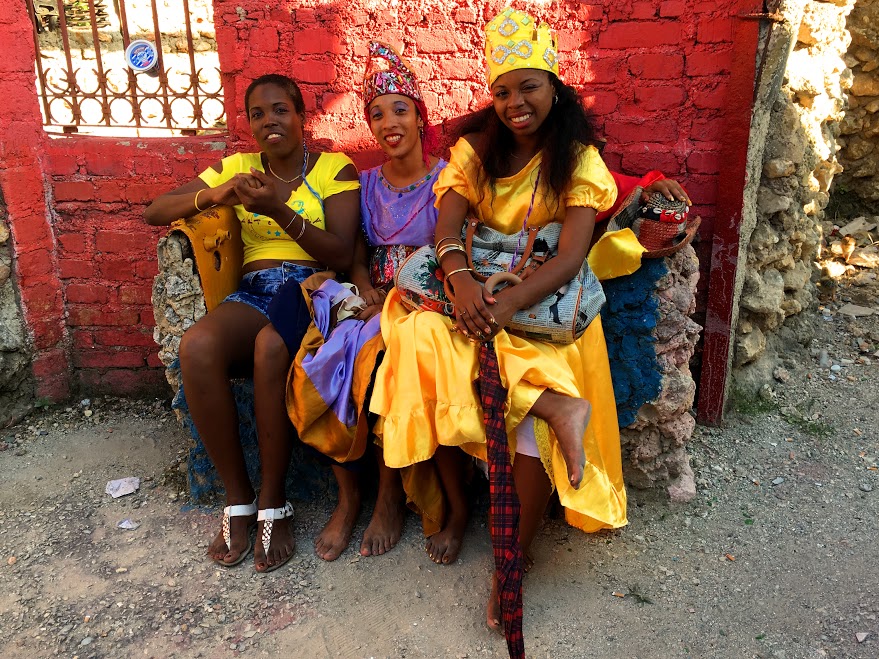
The dancers are part of the Santeria faith, originating from the Yoruba region of West Africa. It is a worship of saints from African, Catholic and other beliefs. Immediately after initiation, the individual wears all white for a year – which you would see daily in Cuba if you are walking the streets. They are primarily in Cuba, Puerto Rico, Dominican Republic and Latin American countries with a Caribbean coast.
Back in Old Town, I walked around on my own and saw many murals. This one depicts Camilo Cienfuegos and Fidel Castro. Both were leaders of the armed insurgence which sailed from Mexico to Cuba.
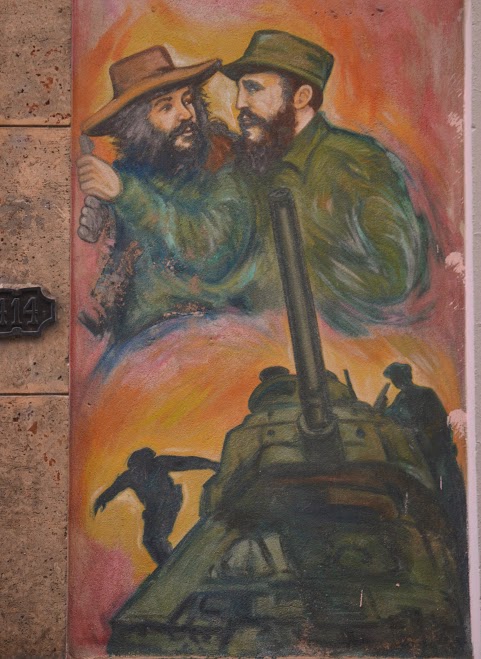
Cienfuegos (“100 fires”), also the of name a Cuban state, was arguably as popular as Fidel and is still a revered figure in Cuba. Unlike other revolutionary leaders, he rejected violence and revenge but remained loyal to Castro. After the rebels took over Cuba upon the collapse of support for Batista, Fidel was giving a speech when he stopped and asked him “Am I doing it right, Camilo?” His response “Vas bien, Fidel” thrilled the crowd and became a slogan of the revolution. In October 1959, he was in a flight that disappeared over the Straits of Florida. The plane and Cienfuegos were never found.
But not all the murals I encountered were historical and/or propaganda.
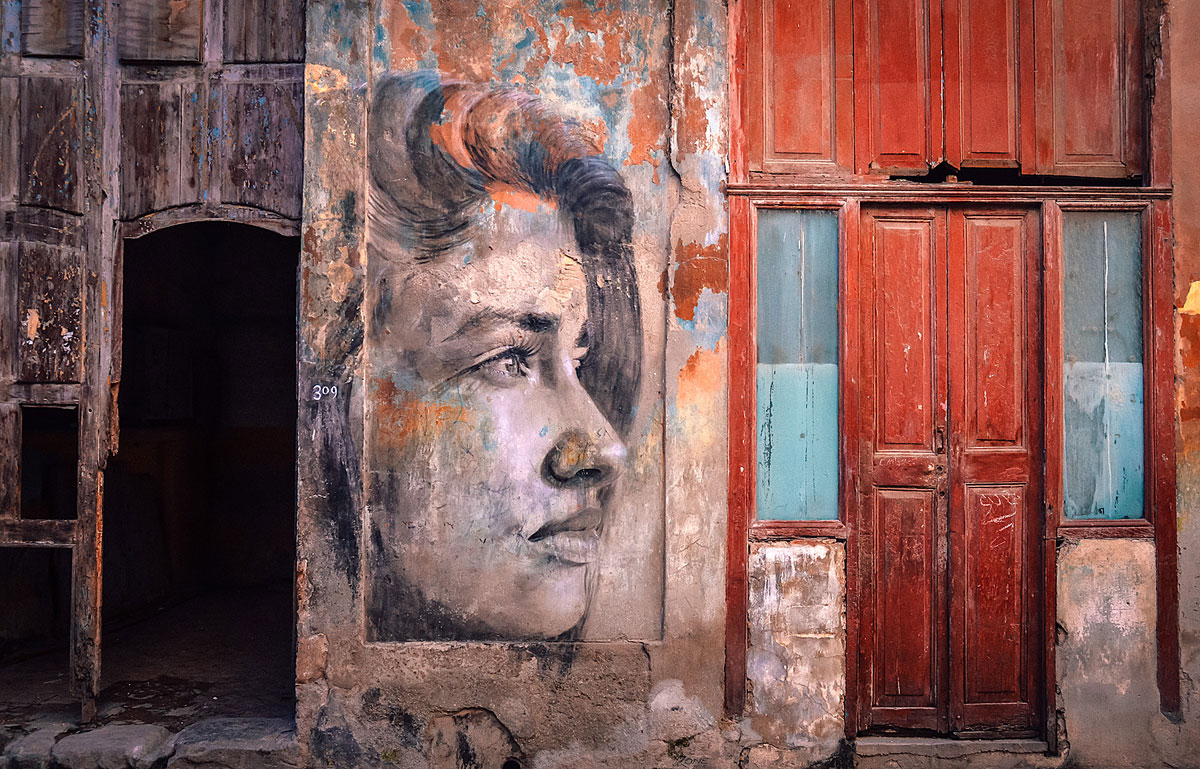
In Cuba, there is seemingly endless interesting people to photograph.
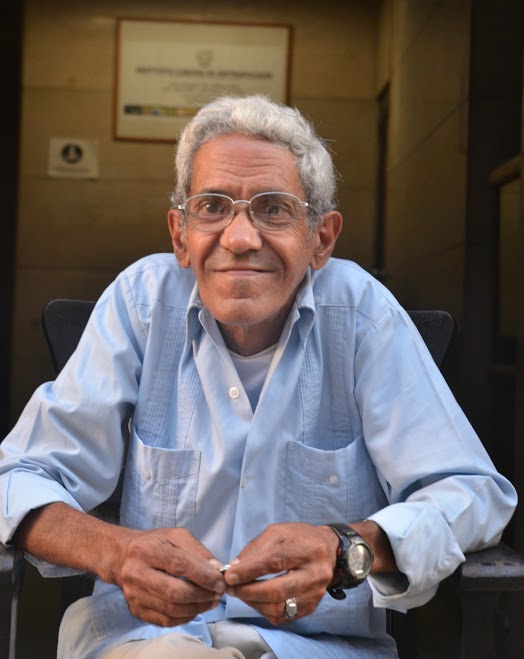
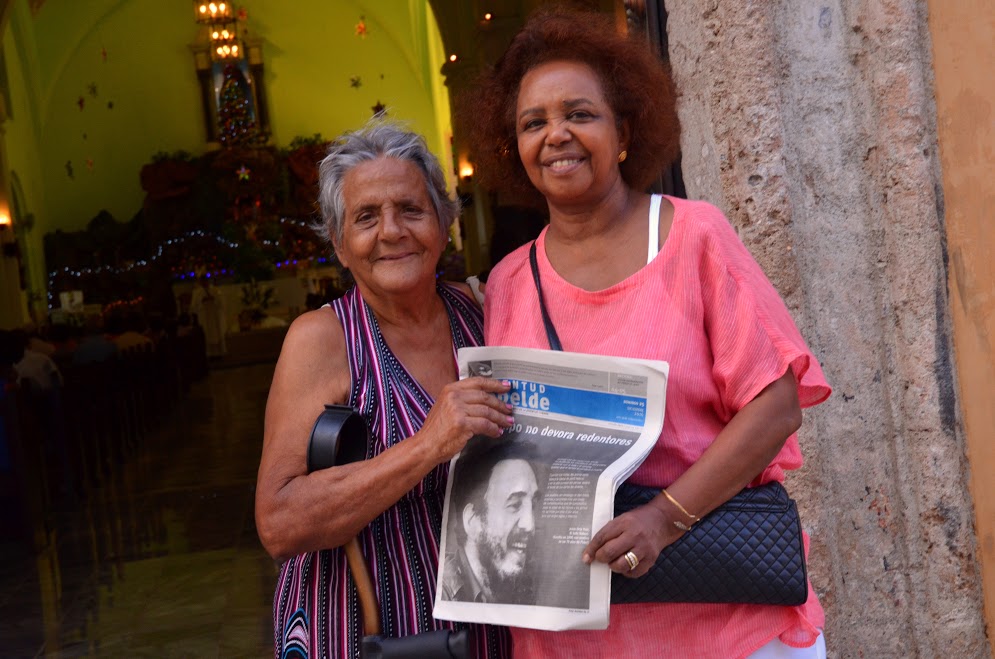
Around ten in the evening, the three of us ate at a very good pizza place by the Capitol building (a knockoff of the US one in Washington DC). They took US$ and we had another unfortunate realization that we could have paid many of the restaurant bills in US$ and saved on the 10% currency conversion charge.
Day 10: January 2nd
Khadija and I walked for an hour looking for an open breakfast place. Some had signs saying they opened at nine, but were not ready for business even at 9:30am. We walked by some nice, medium sized hotels and lamented we didn’t stay in nicer digs. Finally, we found an open place off Plaza Vieja, called Café Bohemia. The indoor courtyard setting was spacious and quiet. The eggs were cooked to order and juice was fresh squeezed. The pleasant breakfast was $20CUC including tip; about a diner rate in NYC but exorbitantly high in Cuba for locals.
The taxi came at 11:15am to take us to the airport and we took our last look at the Old Town.

Our ride to the airport was thirty minutes. We arrived two and half hours before departure, but it took all that time to reach the gate. The security check took way over an hour because the line was so long and there were few X-ray scanners. Ayan was taken out of line for some unknown reason and sent to another desk. Luckily she was not detained for very long. After going through this arduous process, we realize we did not have to pay the departure tax. We then had a few minutes left as the plane was boarding, so we quickly bought a box of small cigars, two CDs of Cuban music, and bottles of rum for the $75CUC we unexpectedly had left over. Then on to the plane, back home to NYC.

